Spring Clean Your Routine!
As the colder days of Winter come to a close and the warmer Spring breeze starts rolling in, you may notice that your skin’s needs are changing with the weather. Your skin may not be as dry, and it may even start to become more oily. You may even notice a preference for more lightweight products because your winter skincare line up just feels too thick!
But you find that you last opened and used your lightweight products a few months ago. What do you do :(
It might be the perfect time then to SPRING CLEAN your routine! Let’s clean up our skincare wardrobe and swap out the winter products to lighter spring-appropriate ones.
Here are our best spring cleaning tips to keep your favourite products―and your skin―safe and clean!
RULE #1
Check expiration dates and toss out old products.
More on how to tell expiration and use-by dates on Korean skincare in a bit, but first off: make sure the products you’re using are NOT EXPIRED. You do not want to put on your face any product that has gone past its time. They might not be as effective, and may clog your pores or even cause irritation.
Besides looking at the expiration and use-by dates, if the packaging does not specifically tell you to expect changes in colour or expect some settling in the product (especially for products with organic ingredients), some telling signs that a product has gone bad are changes in colour, smell, consistency, and texture.
Remember: if in doubt, throw it out!
RULE #2
Sanitize!
If you have tools for your skincare products like brushes, spatulas, rollers, etc., give them a thorough cleaning regularly. Dead skin cells and bacteria tend to build up on tools. Not cleaning them means you’ll be applying dead skin cells and bacteria on your face along with your skincare products. Yuck!
Use and clean the little spatulas that come with your products, or switch to using Q-tips to scoop out your product. (We recommend to opt for reusable spatulas than disposable Q-tips to lessen the waste and protect our environment!)
Similarly, remember to wash your hands before applying skincare with your hands. Washing your face with your hands is NOT washing your hands. You do not know where your hands have been―for good practice, wash your hands before cleansing your face.
RULE #3
Swap out heavier formulas for lightweight textures.
In winter, we tend to use thicker formulas to lock in moisture to help boost our dry skin, as the cold tends to strip away our skin’s natural moisture. We don’t need as much of that protection when the warmer days start, as the weather now allows our skin to produce more natural oils.
Start with the lightweight cleanser.
Instead of using thick, hydrating cleansers, opt for gel cleansers or foam cleansers for a milder and lighter cleanse.
What we recommend:
- Purito pH Defence Barrier Cleanser
- COSRX Low pH Cleanser
- Neogen Foaming Cleanser
- Mizon Cicaluronic Bubble Toner
- D'alba No Sebum Cleanser
- Heimish All Green Foam
- Bonajour Green Tea Foam
- Pyunkang Yul Cleansing Foam
- Whamisa Foaming Gel
- Nacific Fresh Herb Origin Cleansing Foam
- Holika Holika Aloe Cleansing Foam
- Benton Deep Green Cleansing Foam
- Skinfood Rice Daily Brightening Foam
- COSRX Pure Fit Cica Cleanser
- Some by Mi Truecica Cleanser
Click here for Peaches and Creme’s lightweight cleanser faves collection>>
Try using gentle exfoliators.
We know regular exfoliating should be part of our skin care routine, no matter what season, especially that winter may have left your skin dry and rough with layers of dead skin.
As spring comes, you can switch out rougher scrubs for a gentle exfoliator, like exfoliating pads or cleansers with glycolic acid or AHAs. You can also use leave-on chemical exfoliants and try using them once a month during spring time.
Check here for exfoliating pads that you can use during spring!
Choose water-based serums.
Concentrated and thick serums are heaven's gift in winter, because they penetrate deeply into the skin while locking in moisture. But this does not mean you have to give up on serums just because it's spring time!
Swap your oil-based serums for water-based ones. Water-based serums have water or aloe as their base, and are more watery or gel-like in texture. This does not mean that they are not as concentrated or effective as oil-based ones--its just that these serums are more lightweight and can be more easily absorbed by the skin during warmer days.
Include a lightweight moisturiser in your routine.
It is a misconception not to use a moisturiser when the weather gets warmer. Don't fall into this temptation... ever!
Warmer weather comes with more sweat and sun exposure that can dehydrate your skin, but thick moisturisers might cause your skin to be oily and greasy. Switch to water-based moisturisers that are lightweight, and try choosing moisturisers that are formulated with a lot of humectants, such as hyaluronic acid and glycerin. They will hydrate your skin without making it feel greasy.
- Bonajour Peptide Water bomb – watery, lightweight, non-greasy! Perfect for oily skin types.
- Bonajour Eggplant Water Cream – lightweight, watery, non-greasy. Perfect for acne prone skin types!
- Bonajour Green Tea Water Bomb – perfect for combination skin, and okay to use for dry skin types during spring/summer.
- Atrue Spring Green Tea Watery Calming Cream - perfect for oily and acne-prone skin types.
- Be Plain Chamomile Lotion – suitable for sensitive skin.
- Iunik Centella Calming Gel Cream – for sensitive, acne-prone, oily skin types.
- Im From Vitamin Tree Gel – for oily, combination skin types.
- COSRX Oil-Free Ultra Moisturising Lotion – for oily/combo skin types.
- COSRX Green Tea Aqua Soothing Gel Cream – for oily skin types.
- Whamisa Lotions for every skin type – oily, dry, combination and acne-prone types.
- Klairs Fundamental Watery Gel Cream – for all skin types.
- Mamonde Rose Water Gel Cream – for combination and dry skin.
- Laneige Water Bank Hydro Cream Ex – perfect for oily skin.
Click here for Peaches and Creme's lightweight moisturiser faves collection>>
Switch to using a separate sunscreen in your routine.
Most of us tend to stay indoors during winter, so a lot of people tend to get away with not having sunscreen in their daily morning routine. Now that the sun is out and warmer weather is ahead of us, make sure you protect your skin from the harsh UVB & UVA rays!
Sun exposure causes sun damage to the skin. This is the primary cause of premature aging, so make sure you use a dedicated sun protection product in your routine.
Choose sunscreens that offers high SPF protection, ideally an SPF 50 to protect your skin from UVB rays. Remember to also consider the PA factor for protection against UVA rays.
RULE #4
Store products properly.
As a rule of thumb, keep products in a cool, dry place away from direct sunlight. Keeping products in places that are not ideal may promote the growth of mold, break down active ingredients, and turn your skincare products unstable.
RULE #5
Get familiar with your products’ expiry, good-until and use-by dates.
Onto this topic!
Unsurprisingly, some Korean skincare products have manufacturing and expiration dates printed in KOREAN! Here’s what you need to know to make sure that the skincare products you’re using aren’t expired, which can cause skin irritation among other things.
Here's how you can spot the manufacturing date and expiration date on your Korean products:

You can calculate the expiration date based on the manufacturing date. Generally, the expiration date of many cosmetics is two to three years (with a few exceptions).
Expiration date indicates that the product may be used until the stated date. Asian countries have a different order for their dates; they typically put the year first, followed by the month and date in the following format: YYYY/MM/DD.
Korean companies put the manufacturing date on the products so consumers know they are getting a fresh product. But isn’t that what an expiration date is for? It may be confusing, but having a separate manufacturing date and an expiration date is really for the benefit of the consumers.
For example, an expiration date is the last day the product can be distributed. You wouldn’t want to buy a product that is super close to the expiration date because you’ll have less time to use it.
If you buy a product that just came from a fresh batch, you technically have a longer time to use the product, BUT this is referring to its shelf life prior to opening. Once you open a product, it will start to oxidize and be exposed to bacteria, so don’t open a product thinking you have until the expiration date to use them. (Check out our handy little chart below to understand how long your products “live” after opening.)
Additionally, skincare products have a little icon like a cap opening with a number and the letter M inside of it. This indicates the suggested amount of time the product can be used after opening. This means you can use the product for that number of months after opening it before it will "expire."

For example: 2M means "two months," which means you have 2 months to use the product after opening.
Normal Shelf Life of Beauty Items
| Product Family | Product Type | Shelf Life BEFORE Opening | Shelf Life AFTER Opening |
| Basic Skincare | Toner, moisturizer, essence, eye cream, sunscreen, serum | 30 months | 12 months |
| Cleansing | Cleansing foam, cleansing cream, cleansing oil, wipes, exfoliator | 30 months | 12 months |
| Packs |
Sheet masks Wash-off packs |
12 months 30 months |
Immediately after opening 12 months |
| Make-up |
Lipstick, Lip Gloss Mascara, Eyeliner Eye shadow, Blush, Concealer, Base, Foundation Face Powder |
30 months 24 months 36 months 60 months |
6-18 months 6 months 12 months 36 months |
You want to avoid buying a product that is so close to the expiration date that once you open it, it hits the expiration date before its indicated post-opening shelf life. Ideally, you should buy products comfortably between the manufacturing date and expiration date so that you can open it, use it, and finish it all before the expiration date.
Using expired products or products that have been opened for too long is potentially harmful to your skin because it’s had time to change chemically, and may have even taken on germs and such that can cause skin problems like irritation and breakouts.
I’m unsure of the manufacturing/expiry dates! I cannot remember when I opened my product! What do I do?
If you’re unsure of the manufacturing/expiration date because you can’t remember when you opened it (or the date is smudged or unreadable for any reason), you can follow the general rule of thumb: 3 years from the manufacturing date if unopened, and 1-2 years after opening.
For natural/organic products, it’s best to be on the more conservative side when it comes to time because these products generally lack preservatives that other non-organic products may have.
Here are some tips to better track your product dates from here on out:
- Use a permanent marker to write the date opened and the good-till date on the lid or side of the product so you can remember until when you can use the product safely.
- Only open a new product if you plan on using it. Otherwise, you’ll start the oxidization process too soon.
- Regularly revisit your products on your shelves and/or bathrooms to see how long they have been sitting there!
Below is a chart that can guide you based on a skincare brand which are all ECOCERT certified natural and/or organic
| Product Family | Product Type | Shelf Life BEFORE Opening | Shelf Life AFTER Opening |
| Basic Skincare |
Toner, moisturizer, essence, serum Eye creams, lip products, sunscreen |
12 months 24 months |
6 months 12 months |
| Cleansing | Cleansing foam, cleansing cream, cleansing oil, wipes, exfoliator | 24 months | 12 months |
| Packs | Sheet masks | 12 months | Immediately after opening |
| Body | Body Wash, emulsions, Body oils | 24 months | 12 months |
| Hair | Hair Mist, Shampoo, Conditioner | 24 months | 12 months |
Again, do not hold on to products, especially if the product starts to have discoloration, develop a smell, or cause any unusual sensations upon application. Those are sure signs that it's time to chuck it in the bin and move on - better than risking irritation!
Happy Spring Cleaning!




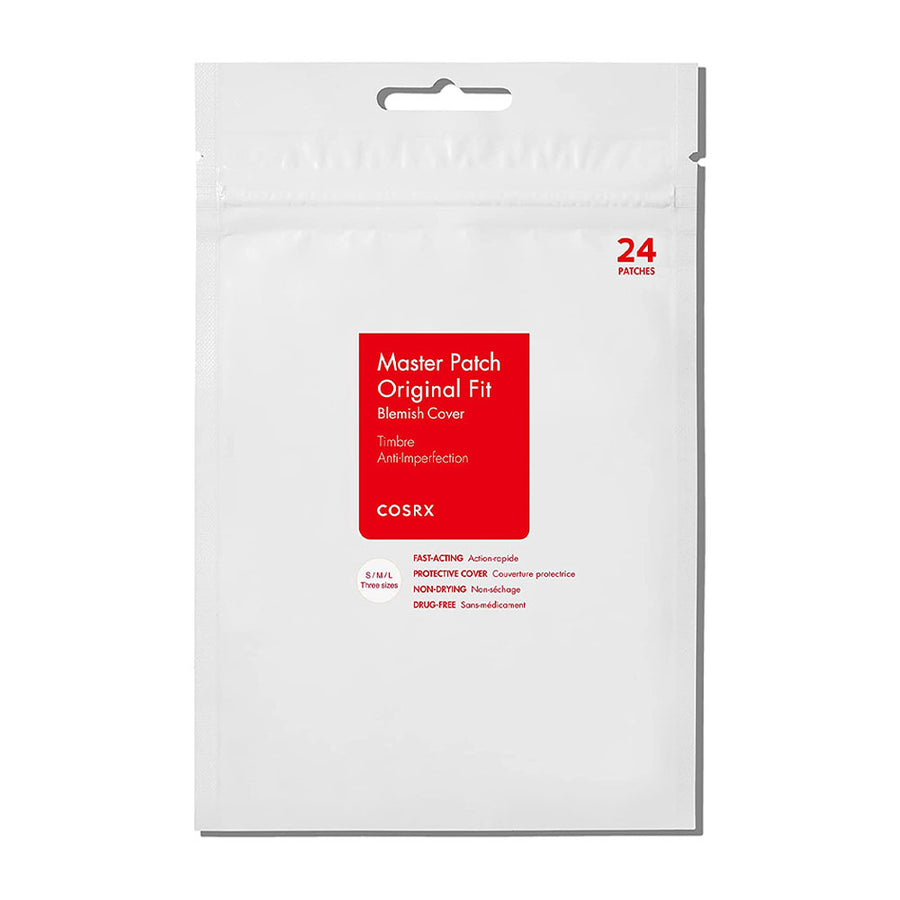
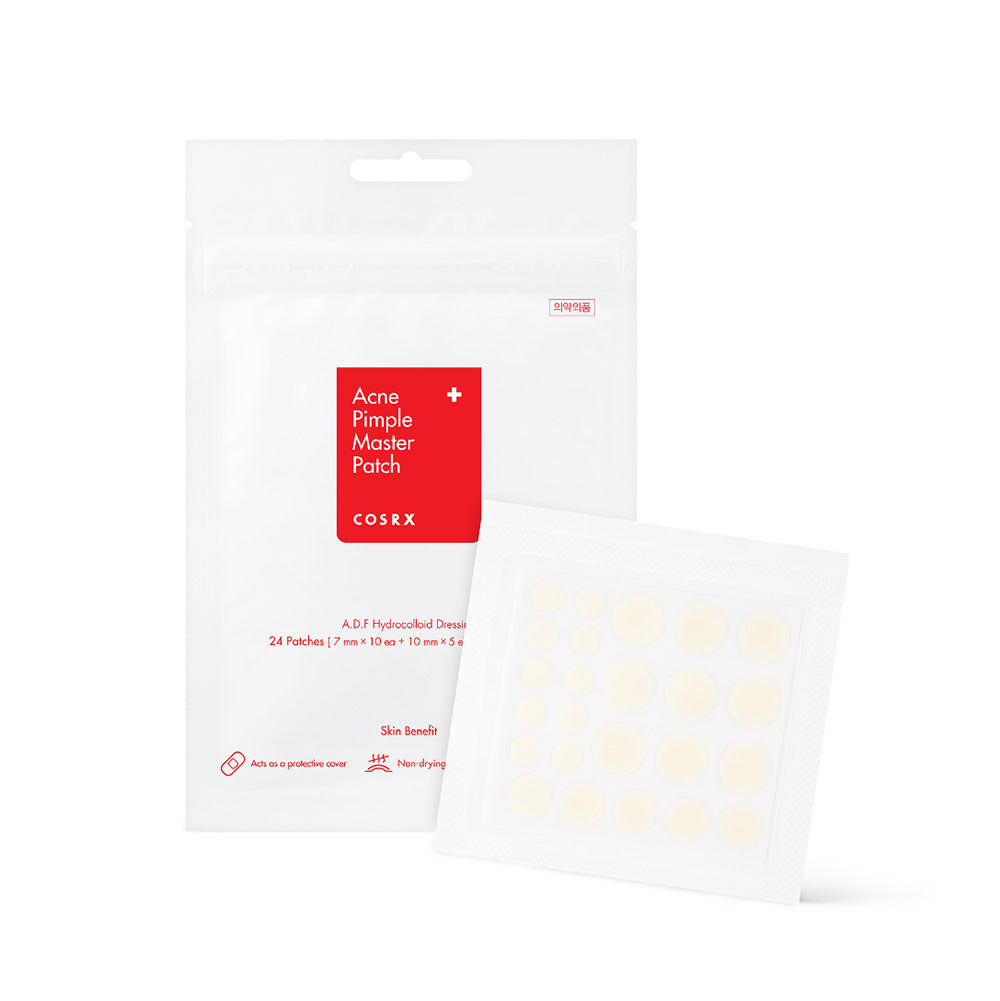
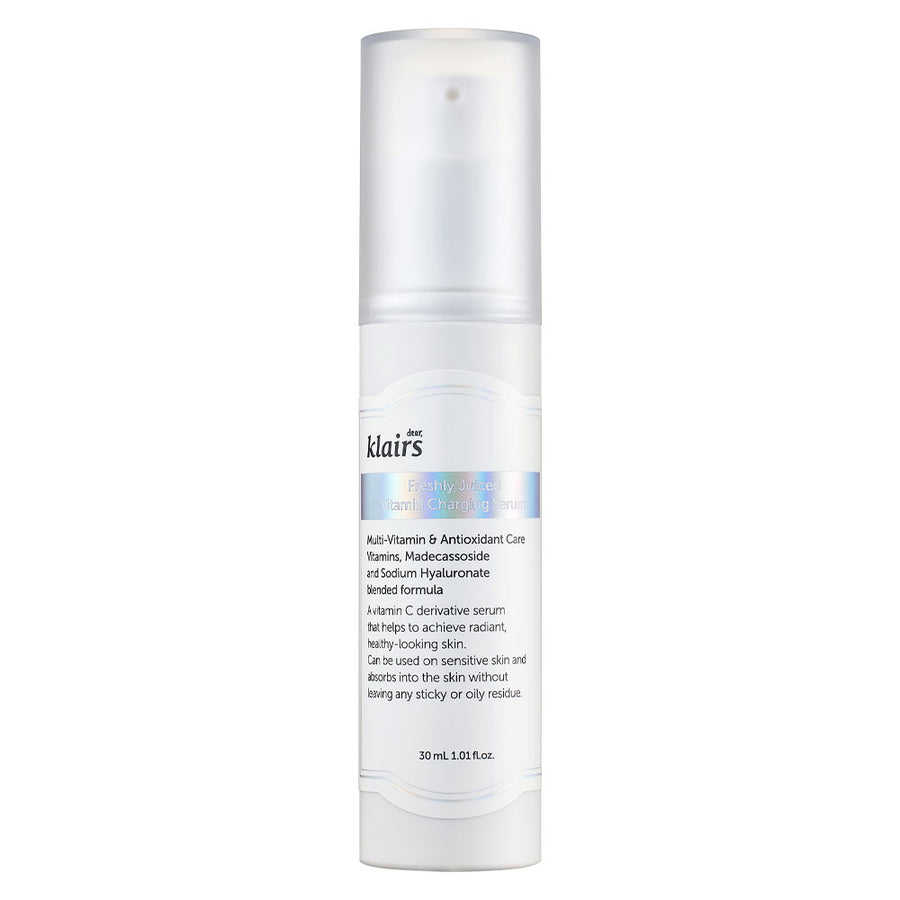
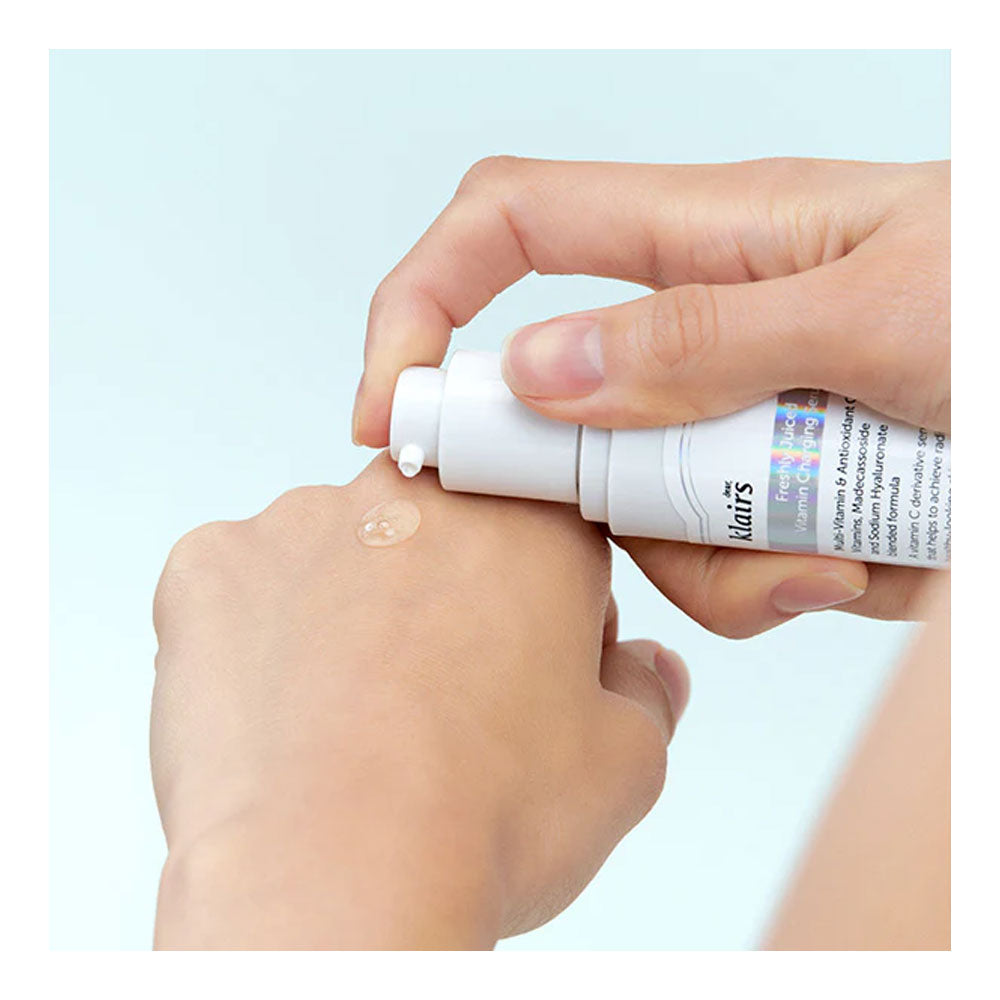
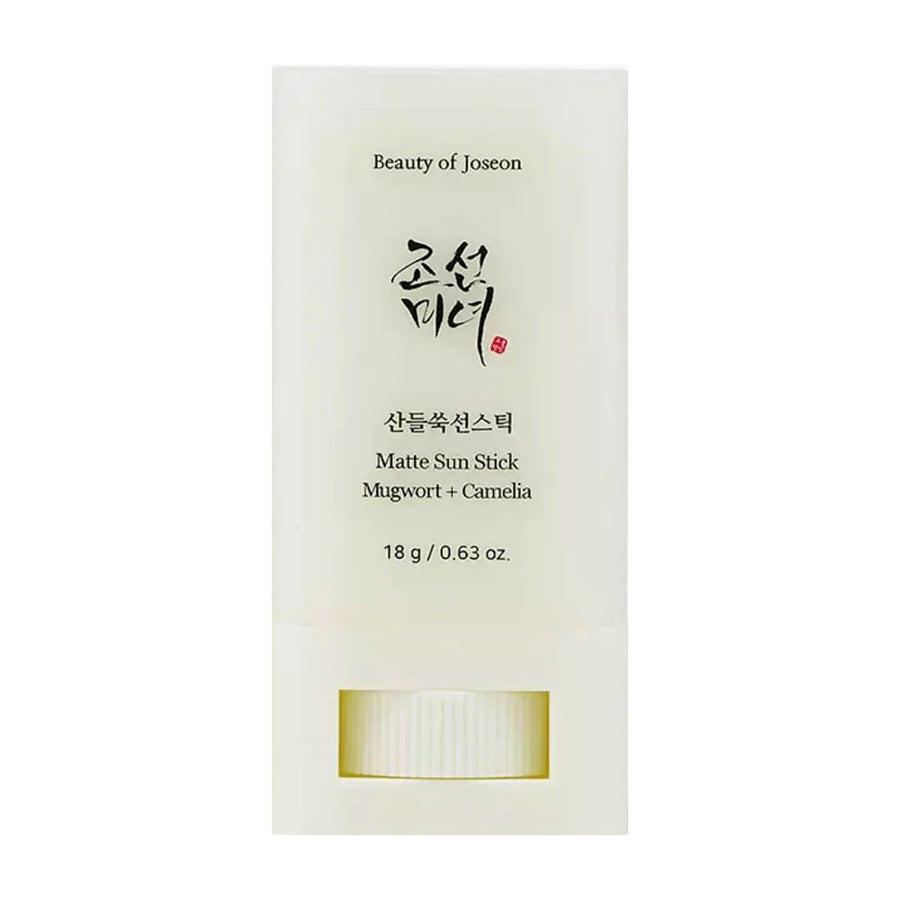
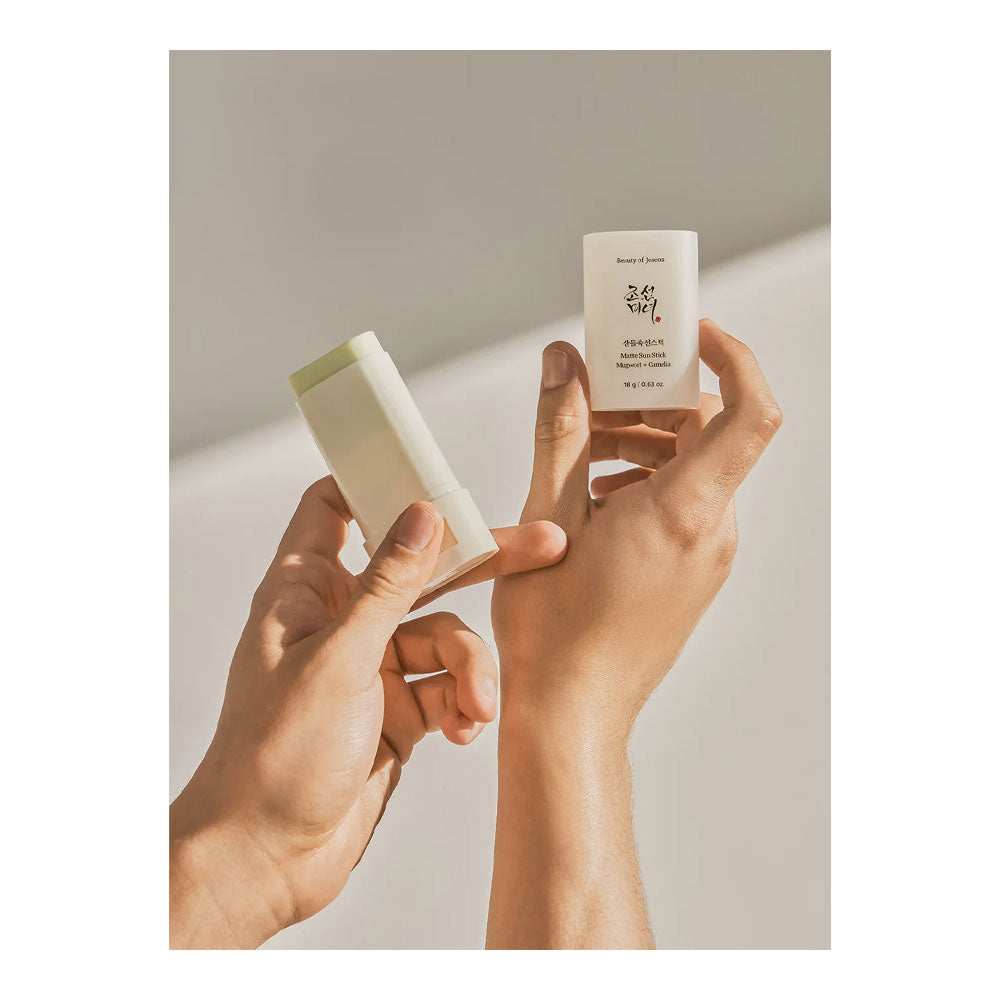



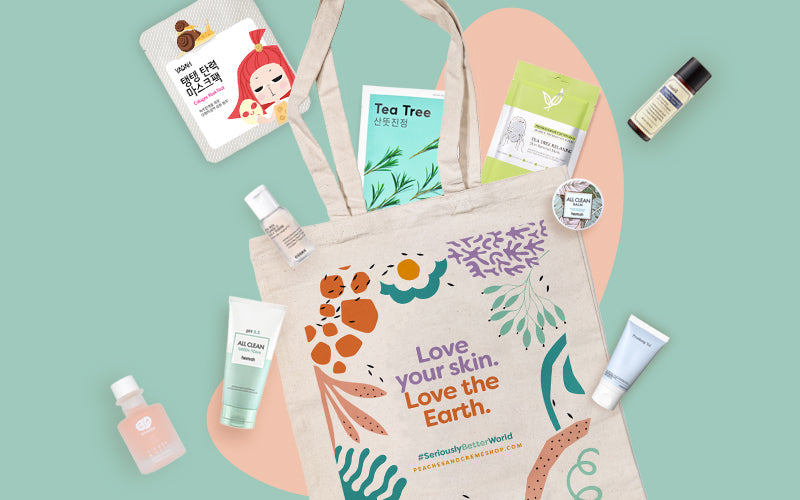


Leave a comment